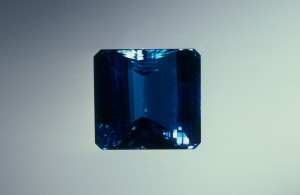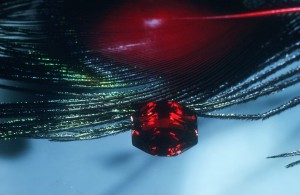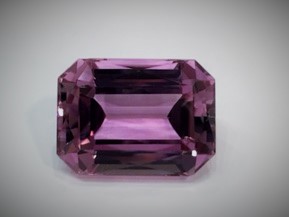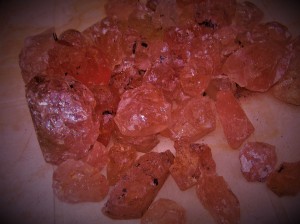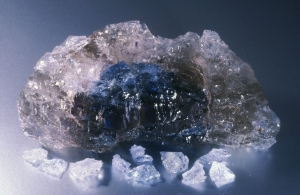Welcome to the blog of John and Laura Ramsey, two of the world’s most respected names and industry pioneers in the field of gemstone jewelry.
Here you’ll find all sorts of topics—ranging from jewelry industry news, and spotlights on specific gemstones and custom jewelry designs, to more personal stories about our related travels and experiences over the past 40 years. Most of all, we hope to provide in-depth educational information about jewelry and gemstones. As we love to say, “A knowledgeable customer is a happy customer!”
Don’t miss out…
Feel free to subscribe to this blog (by clicking the link in the upper right corner of this page), and/or “like” our Facebook page (also accessible in the right margin) so you don’t miss our updates. If you are looking for our main website, click here >

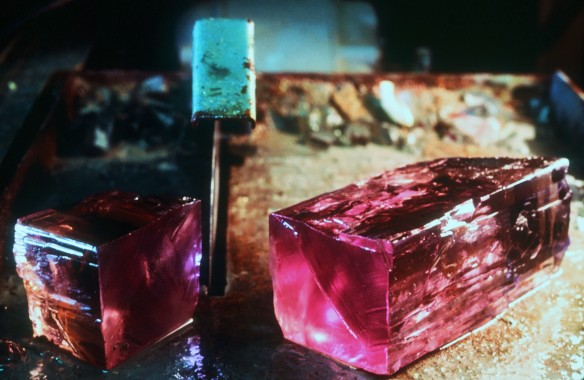
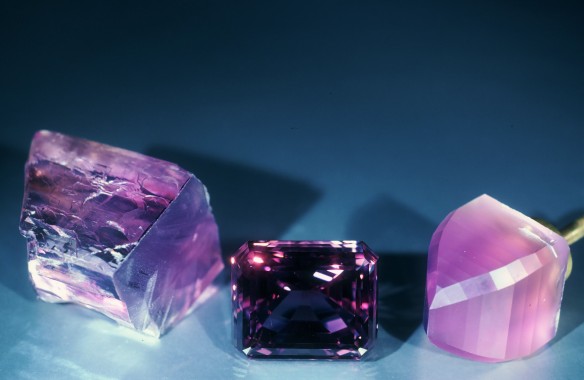
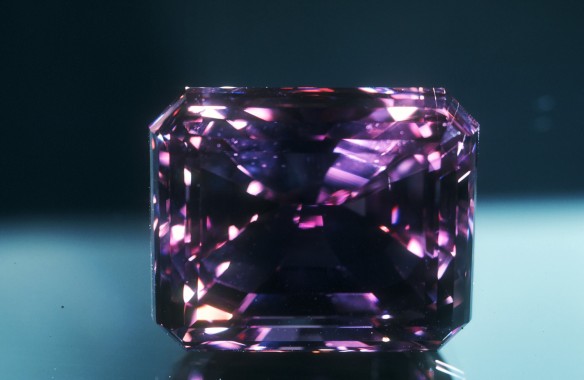
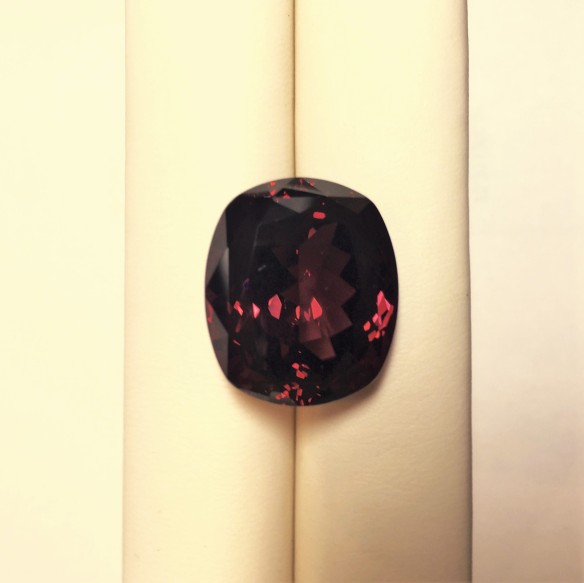
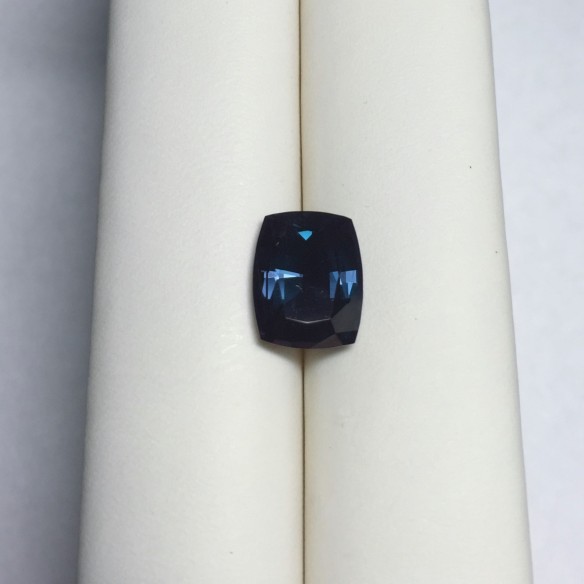
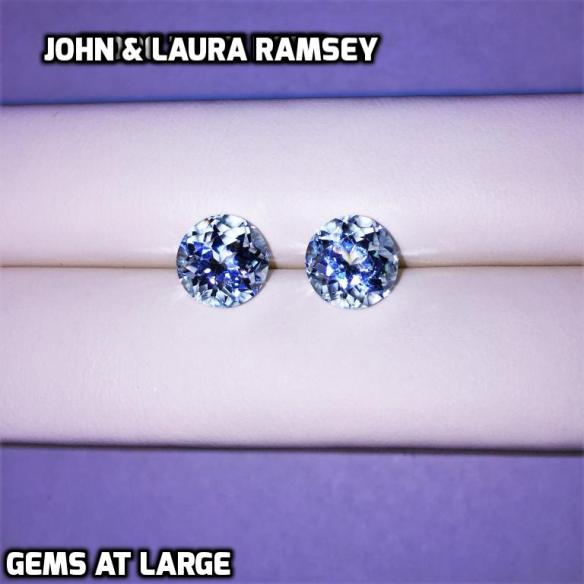 Aquamarine is an elusive gem. On a worldwide basis there are people mining for aquamarine all the time. Much labor and capital is expended to find this elusive gem. If the public knew just how difficult it is to find aquamarine and bring it to market there would be a run on the aqua market and make it even more expensive and hard to obtain. There is an old saying that for there to be a market for strawberries everybody has to taste at least one berry. Aqua is in such short supply that even March babies only infrequently own their birthstone. We at Gems At Large have been successful in bringing lots of aqua to our USA customers at better prices than they have seen before. Enjoy the photo of this pair of 9mm aquas—unusual this large in round stones. All our best
Aquamarine is an elusive gem. On a worldwide basis there are people mining for aquamarine all the time. Much labor and capital is expended to find this elusive gem. If the public knew just how difficult it is to find aquamarine and bring it to market there would be a run on the aqua market and make it even more expensive and hard to obtain. There is an old saying that for there to be a market for strawberries everybody has to taste at least one berry. Aqua is in such short supply that even March babies only infrequently own their birthstone. We at Gems At Large have been successful in bringing lots of aqua to our USA customers at better prices than they have seen before. Enjoy the photo of this pair of 9mm aquas—unusual this large in round stones. All our best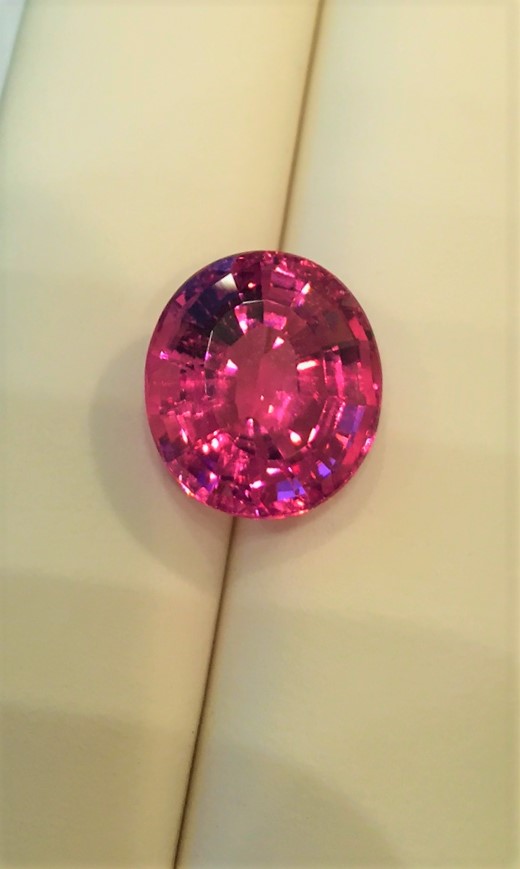 What we call Pink Rubellite is simply a lighter color pink tourmaline that usually comes from a mine producing Rubellite. When a mine is actively producing there will be a number of shades of color the darker red stones are easily classified as Rubellite. The lighter color stone are usually called Rubellite in the country of origin but we get picky about labels here in the USA and believe that Rubellite should only be called such if the stone is red.
What we call Pink Rubellite is simply a lighter color pink tourmaline that usually comes from a mine producing Rubellite. When a mine is actively producing there will be a number of shades of color the darker red stones are easily classified as Rubellite. The lighter color stone are usually called Rubellite in the country of origin but we get picky about labels here in the USA and believe that Rubellite should only be called such if the stone is red.